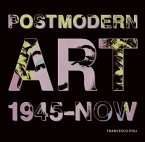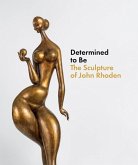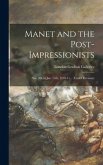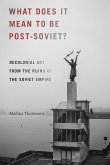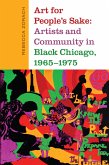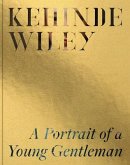Discover Raymond Saunders's dynamic paintings and his extraordinary legacy as an artist and thinker in this first ever monograph. Saunders’s work brings together his extensive formal training with his own observations and lived experience. His assemblage-style paintings frequently begin with a monochromatic black ground elaborated with white chalk—a pointed reversal of the traditional figure-ground relationship. He subsequently adds a range of other markings, materials, and talismans—from wallpaper to advertisements, rulers to paintbrushes. Expressionistic swaths of paint, minimalist motifs, line drawings, and passages of vibrant color tangle with found objects, signs, and doors collected from his urban environment at home and abroad, creating unexpected visual rhymes and resonances that reward careful and sustained looking. At once deliberately constructed and improvisatory, didactic and deeply felt, these richly built surfaces conjure a range of themes, allowing for a vast and nuanced multiplicity of meanings. A record of a two-part exhibition presented at David Zwirner and Andrew Kreps Gallery in 2024, this publication considers Saunders’s ability to infuse his work with social relevance and commentary. Featured texts include an introduction by curator Ebony L. Haynes and a conversation between Haynes and Studio Museum of Harlem director Thelma Golden about her multidecade engagement with Saunders’s artwork and writing. A facsimile of Saunders's self-published pamphlet from 1967, Black Is a Color—his vital essay on the creative expression of the artist, which continues to spark cultural conversation nearly five decades after its appearance, is reproduced along with new annotated commentary by art historian Darby English. An essay by Jarrett Earnest offers an in-depth interpretation of two of Saunders’s complex chalkboard works. Also included is a never before published interview from 1980 between the artist and Judith Wilson in which Saunders discusses his multilayered practice. Lastly, a reprint of a pivotal text from 1993 by art historian Richard J. Powell offers a panoramic examination of Saunders’s art from 1968–1993, with a special focus on his iconic painting Dr. Jesus. This robust group of texts and academic considerations offers a compelling exploration of Saunders’s wide-ranging practice and lasting influence.
Hinweis: Dieser Artikel kann nur an eine deutsche Lieferadresse ausgeliefert werden.
Hinweis: Dieser Artikel kann nur an eine deutsche Lieferadresse ausgeliefert werden.


